Lake Cathie: Marine biologist declares state of popular public swimming spot ‘ecological disaster’
Fish are dying inside the waters of the once pristine popular swimming destination – Lake Cathie, which is degrading from drought-related natural pollutants. It is, according to marine biologist Dr Deb Geronimi, an ecological disaster.
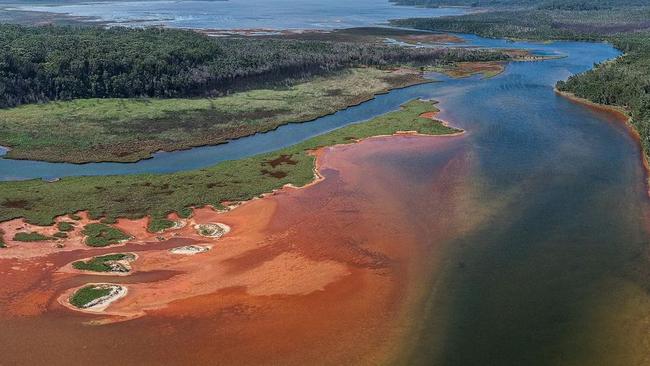
Mid-North Coast
Don't miss out on the headlines from Mid-North Coast. Followed categories will be added to My News.
The state of one of the Mid-North Coast’s most popular swimming locations, Lake Cathie, has spiralled into an ecological state of disaster, according to a local marine biologist.
An urgent meeting has been called this week by advocacy group, Revive Lake Cathie, to help stem the state of decay the lake is facing which started at the height of last year’s droughts when water levels within the lake began to drop.
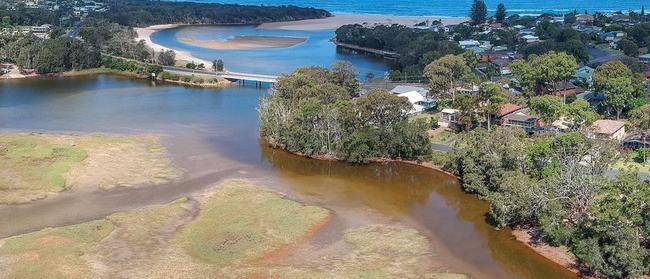
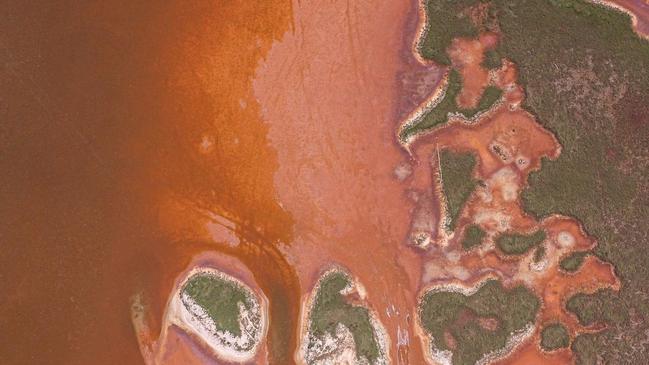
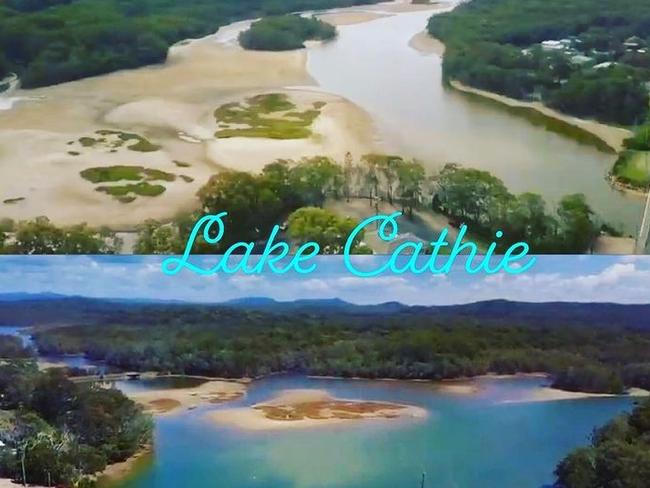
The meeting will help initiate ‘urgent and immediate’ action on the issue, which begun when prolonged levels of low-water during the 2019 drought caused the lake to become hypersaline, exposing sediments to the air and increasing the build-up of acid sulphate.
Recent rain then exacerbated the matter, turning the lake from a saltwater system into a freshwater estuary, which has subsequently had an extremely negative impact on its marine life.
Water testing conducted by Revive Lake Cathie last month, indicates that the state of the lake’s natural health has reached a critical point.
It has led the Revive Lake Cathie group to call this week’s meeting with government agencies.
Invited stakeholders include Leslie Williams MP, Port Macquarie-Hastings Mayor Peta Pinson, Port Macquarie-Hastings councillors, relevant NSW state departments, Lake Cathie Progress Association, Camden Haven Chamber of Commerce, Lake Cathie Fishing Club and Ozfish Unlimited.
Revive Lake Cathie Marine Biologist Dr Deb Geronimi said the lake could have been saved had it been opened to the ocean well before the drought affected the water levels.
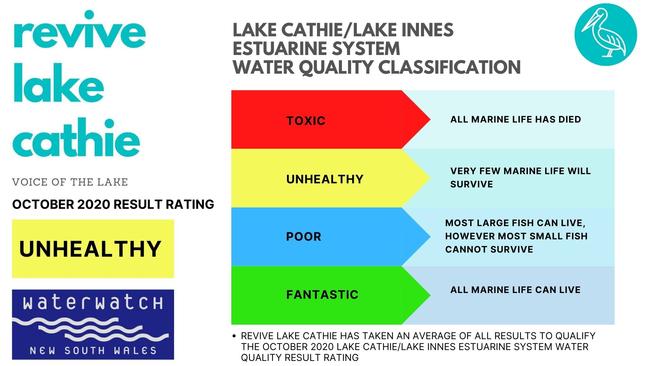
“It is an ecological disaster that could have been prevented by opening the lake before the drought,” Dr Geronimi said.
“The drought in 2019 caused the water levels to drop, it became hypersaline and the sediments were exposed to the air.
“This exposure to the air activated the acid sulphate sediments and once it rained, these acid sulphate sediments released sulphuric acid into the water, dropping the PH.
“The Iron also precipitated out of the sediments as the sulphates were released. The rain events then diluted the sea water causing it to become freshwater – which shocked all of the marine organisms when the lake was closed and a massive die off of aquatic life occurred.
“This constant opening and closing of the lake is not good for the ecology and the organisms that live within and surrounding the lake system.”
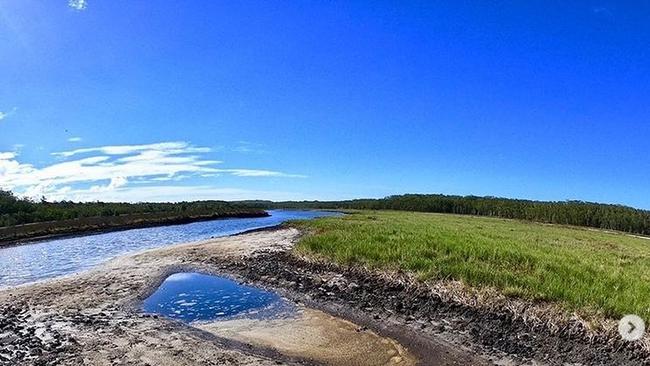
An excerpt from Dr Geronimi’s water testing results found that: ‘the lake’s heath is extremely poor and has extremely poor water quality.’
“Since last month (September) ammonia levels have risen, fish deaths have been reported and salinity levels are increasing due to the closure of the lake.
“Sulphates are still a huge problem in the lake due to acid sulphate release. Endangered Stingray’s and marine life currently trapped in our closed lake will not survive under the current conditions.
“The whole lake system is in need of dredging as there is far too much sand in the lake system.
“The constant opening and closing of the lake is not good for the ecology and the organisms that live within and surrounding the lake system.”
Revive Lake Cathie reported fish kills to the NSW Department of Primary Industries and Environment (DPIE) in October.
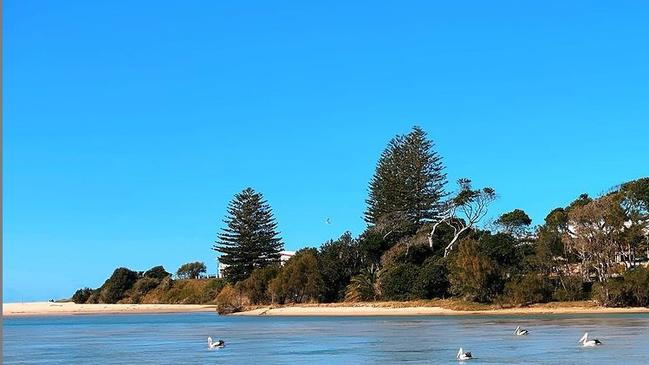
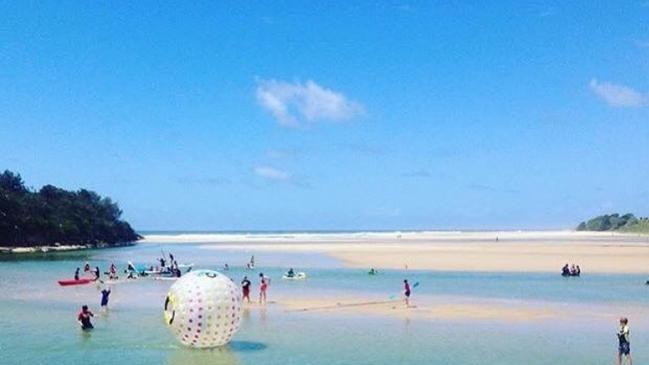
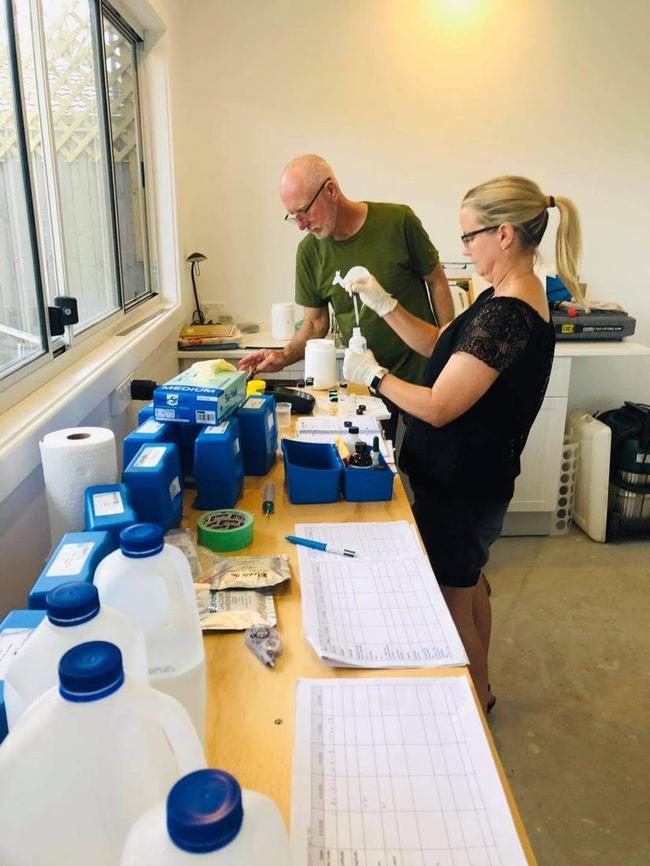
NSW DPIE and a number of other divisions of government, both state and local, are responsible for different matters pertaining to the lake’s management.
NSW Health is responsible for the management of Lake Cathie-Lake Innes water quality from a public health perspective i.e. swimming, while NSW Fisheries are responsible for managing the water quality in relation to fishing.
There are also other stakeholder groups that work with Revive Lake Cathie to provide advice about ongoing issues.
There are signs currently posted at Lake Cathie cautioning against swimming and fishing.
Revive Lake Cathie president Danielle Maltman confirmed that the majority of invited government stakeholders, including DPIE representatives, Mayor Peta Pinson and MP Leslie Williams, have agreed to attend this week’s meeting.
Samples taken from the most recent November water testing will be presented and raised at the meeting.
“We are looking to establish urgent and immediate action on this issue,” Ms Maltman said.
The NSW Department of Primary Industries and Environment has been contacted, but is yet to respond to questions.




